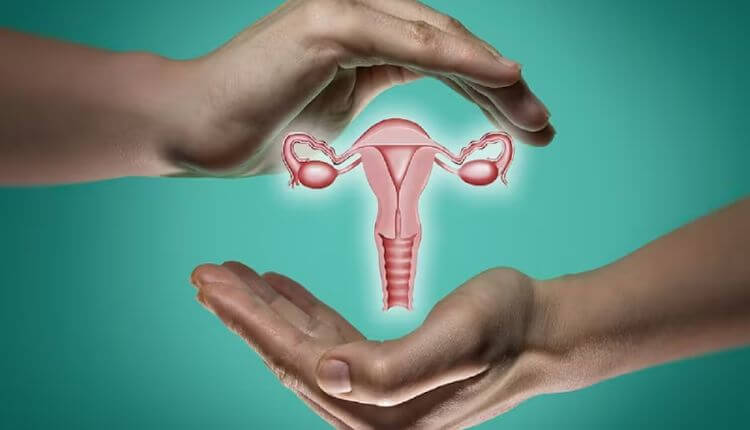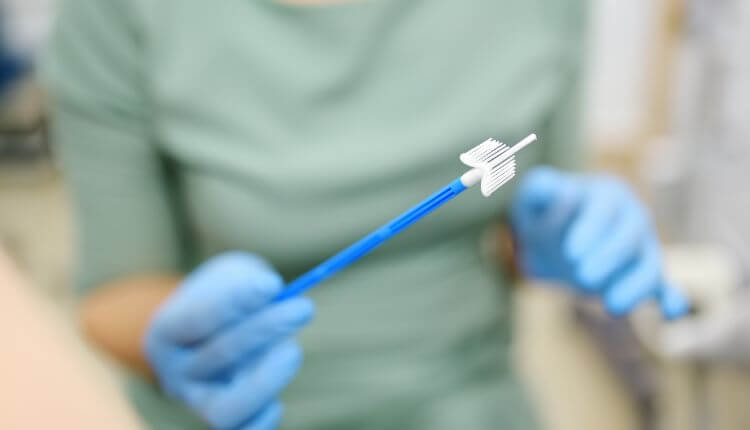- Plot No. 361/3074 & Plot No 437/3134, Patrapada, BBSR
- +91 9040017001
- +91 8630400500
Cervical Cancer Screening: Importance of Pap Smear and HPV Tests
Cervical cancer is one of the most preventable forms of cancer, yet it remains a major health concern for women worldwide. Regular screening plays a crucial role in early detection and prevention. Two essential tests—Pap Smear and HPV (Human Papillomavirus) tests—can help detect abnormal cell changes and assess the risk of cervical cancer. At Prolife Diagnostics – Odisha’s only NABL-accredited center excelling in both radiology & pathology, we emphasize the importance of timely screenings to ensure women’s long-term health.
Why is Cervical Cancer Screening Important?
● Protection Against HPV Infections: Since HPV is a leading cause of cervical cancer, detecting it early helps in managing risks efficiently.
● Early Detection Saves Lives: Detecting abnormal cells early allows for timely treatment, significantly reducing the risk of cervical cancer.
●Prevention of Cancer Development: Screening helps identify pre-cancerous changes, allowing doctors to take preventive measures before cancer develops.
● Higher Treatment Success Rates: If cervical cancer is caught in its early stages, treatment is more effective, improving survival rates.

What is a Pap Smear Test?
A Pap Smear, also known as a Pap test, is a simple procedure where a sample of cells is collected from the cervix to check for abnormalities.
Benefits of a Pap Smear:
● Detects Precancerous Cells: Identifies cell changes before they turn into cancer.
● Quick and Painless: The procedure takes only a few minutes with minimal discomfort.
● Recommended for Women Aged 21 and Above: Regular Pap tests, as advised by your doctor, can help in early detection and prevention.

What is an HPV Test?
The HPV test checks for the presence of high-risk HPV strains that can lead to cervical cancer. It is often done alongside the Pap Smear for a more comprehensive screening.
Benefits of an HPV Test:
● Detects High-Risk HPV Strains: Identifies infections that may cause cervical cancer.
● Longer Screening Intervals: If results are normal, women may not need testing as frequently.
● Recommended for Women Over 30: It provides an added layer of protection along with Pap Smear tests.

When Should You Get Screened?
● Ages 21-29: Pap Smear every 3 years.
● Ages 30-65: Pap Smear + HPV test every 5 years, or Pap Smear alone every 3 years.
● Above 65: Screening may not be necessary if previous results were normal, but a doctor’s consultation is recommended.
Where to Get Cervical Cancer Screening?
At Prolife Diagnostics, we offer state-of-the-art cervical cancer screening, including Pap Smear and HPV testing. We also provide a Cancer Screening Package for (Female) to ensure a comprehensive health assessment. Our expert team ensures a comfortable and professional experience, helping you stay ahead in your health journey.

For those searching for the Best Cytology Test in Bhubaneswar or Cytology Services in Bhubaneswar, Prolife Diagnostics – Odisha’s only NABL-accredited center excelling in both radiology & pathology is your trusted healthcare partner. We specialize in advanced cytology testing, ensuring accurate and timely results. If you’re looking for a reliable Cancer Test in Bhubaneswar, our diagnostic center is equipped with cutting-edge technology to provide high-quality screening services.
Take Charge of Your Health Today
Regular cervical cancer screenings can save lives. Schedule your Pap Smear and HPV test at Prolife Diagnostics and take a proactive step towards a healthier future. Early detection is key—don’t delay your screening!For appointments and more information, visit our clinic or contact us today.
Must-Read Posts on This Blog
➤ Common Symptoms You Shouldn’t Ignore: When to Get Tested
➤ Genetic Testing for Cancer Risk: Is It Right for You?
➤ Mammograms in Bhubaneswar: When to Start and How Often to Get Checked
➤ Understanding the Importance of Full Body Health Check-ups
➤ Breast Cancer Screening When and How Often Should You Get a Mammogram
➤ Common Health Issues Diagnosed by CT Scans
➤ All About Brain Tumors: Types, Symptoms, Causes, Diagnosis, and Treatments
